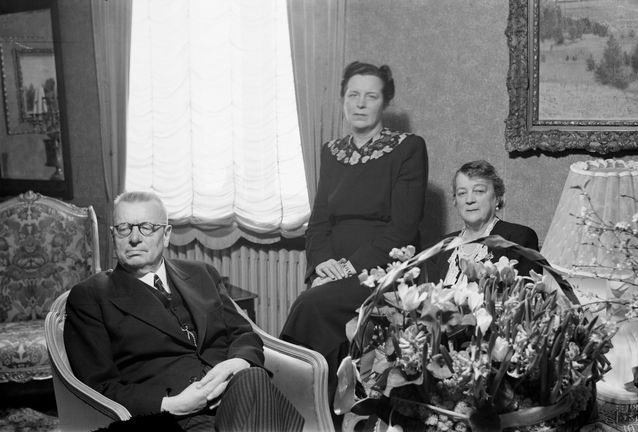Juho Kusti Paasikivi
Juho Kusti Paasikivi
Born November 27, 1870, Tampere. Died December 14, 1956, Helsinki.
Master of Arts (history) 1892, Imperial Alexander University
Master of Laws (Roman and Canon), 1897, Imperial Alexander University, Licentiate and Doctor of Laws, 1901, Imperial Alexander University
President of the Republic of Finland, 1946–1956
Prime Minister of the Republic of Finland, 1944–1946
President, Kansallis-Osake-Pankki bank 1914–1934
Director General, State Treasury, 1903–1194
Assistant, Administrative Law department, 1902–1903, Imperial Alexander University
(Supernumerary) Finnish-language Lecturer, Faculty of Jurisprudence, 1899–1902, Imperial Alexander University
Finnish Ambassador to Moscow, 1940–1941
Minister without Portfolio in Risto Ryti’s government, January 1, 1939–March 27, 1940
Finnish High Representative and Minister, Stockholm, 1936–1939
Chairman, Council of the National Coalition Party (Kokoomus), 1934–1936
Vice-chairman, Senate Economic Affairs Committee, 1918
Member, Helsinki City Council, 1915–1918
Senator, Head of the Finance Committee, 1908–1909
Member of Parliament, Finnish Party, 1907–09 and 1910–1913
Secretary for the Commoners at the Diet, 1904–1905
Photo: Suomen valokuvataiteen museo
Written by Tero Juutilainen
Translated by John Calton

